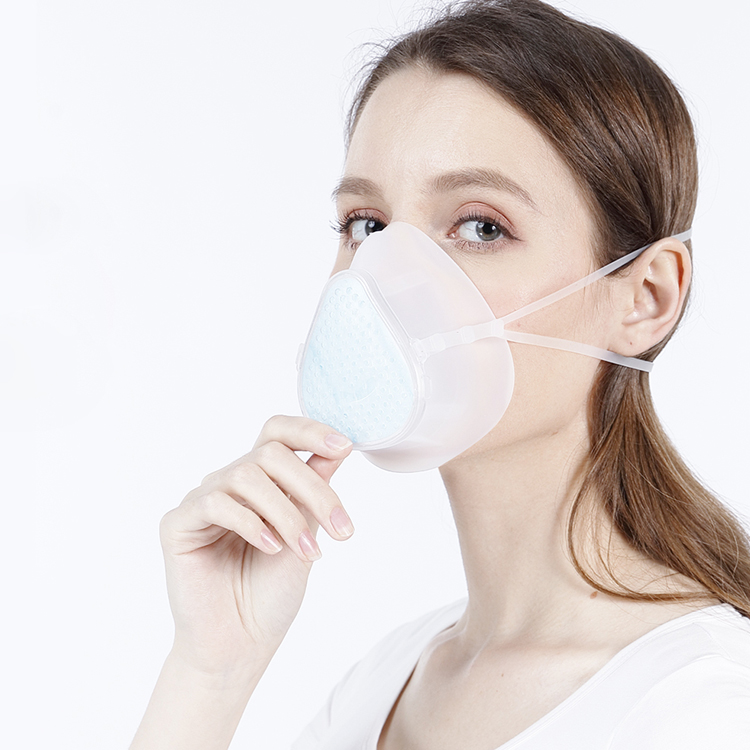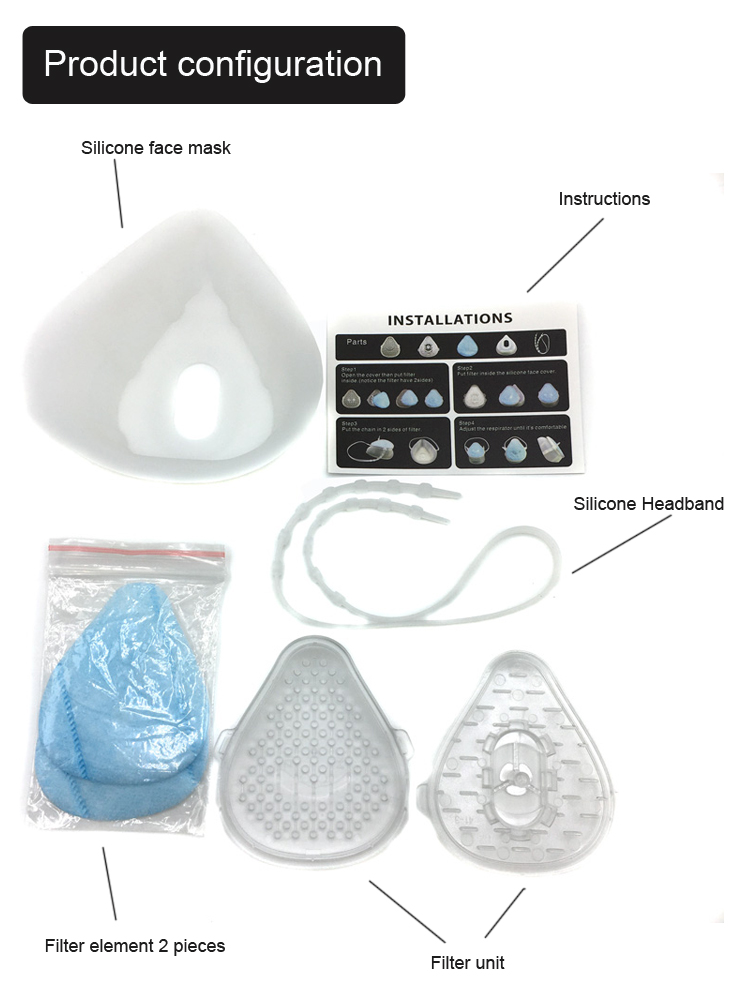Masks are a critical step to help prevent people from getting and spreading COVID-19. Mask offers some protection to you as well as protecting those around you. Wear a mask and take every day preventive actions in public settings and mass transportation, at events and gatherings, and anywhere you will be around other people.
CDC recommends that people age 2 and older should wear masks in public. Masks should NOT be worn by children under age 2 or anyone who has trouble breathing.
Masks should be worn in addition to staying at least 6 feet apart, especially if indoors around people who don’t live with you.
If someone in your household is infected, people in the household should take precautions including wearing masks to avoid transmission to others.
Masks are required on planes, buses, trains, and other forms of public transportation traveling into, within, or out of the United States and in U.S. transportation hubs such as airports and stations. Travelers are not required to wear a mask in outdoor areas of a conveyance (like on a ferry or the top deck of a bus). CDC recommends that travelers who are not fully vaccinated continue to wear a mask and maintain physical distance when traveling.
Wear your Mask Correctly
Wash your hands or use hand sanitizer before putting on your mask.
Put the mask over your nose and mouth and secure it under your chin.
Fit the mask snugly against the sides of your face, slipping the loops over your ears or tying the strings behind your head.
If you have to continually adjust your mask, it doesn’t fit properly, and you might need to find a different mask type or brand.
Make sure you can breathe easily.
Wear a Mask to Prevent Getting and Spreading COVID-19Dos
Wear a mask over your nose and mouth to help prevent getting and spreading COVID-19.
Wear a mask in public settings when around people who don’t live in your household, especially when indoors and when it may be difficult for you to stay six feet apart from people who don’t live with you.
Wear a mask correctly for maximum protection.
Wear your mask under your scarf, ski mask, or balaclava in cold weather
Keep a spare mask to replace one that becomes wet from moisture in your breath, snow, or rain.
Store wet reusable masks in a plastic bag until they can be washed.
Don’ts
Put the mask around your neck or up on your forehead.
Touch the mask, and, if you do, wash your hands or use hand sanitizer.
To prevent getting and spreading COVID-19, follow these protective measures
Stay at least 6 feet away from others.
Avoid contact with people who are sick.
Wash your hands often, with soap and water, for at least 20 seconds each time.
Use hand sanitizer with at least 60% alcohol if soap and water are not available.
Take Off Your Mask Carefully, When You’re Home
Untie the strings behind your head or stretch the ear loops
Handle only by the ear loops or ties
Fold outside corners together
Place mask in the washing machine (learn more about how to wash masks)
Be careful not to touch your eyes, nose, and mouth when removing and wash your hands immediately after removing.
Masks and Health
Studies on the effects of wearing masks have shown there is no change in oxygen or carbon dioxide levels when people wear cloth and surgical masks while resting and exercising.
The studies included healthy hospital workers, older adults, and adults with COPD.
Although sometimes uncomfortable, masks were found to be safe even when exercising.

